
A Dulhath (Dalham, Dalhan, Delhan) is a jinn that inhabits desert islands. It rides an ostrich and feasts on the flesh of shipwrecked travelers who wash up on the shore. From: The Wonders of Creation, 16th Century⠀



Marchosias is 35th of the 72 Spirits of Solomon, and a marquis who rules over 30 legions of lesser demons. He usually appears as a she-wolf with wings, but can take the form of a man. He’s said to be one of the several spirits who hopes to return to heaven. From Dictionnaire Infernal, 1863⠀
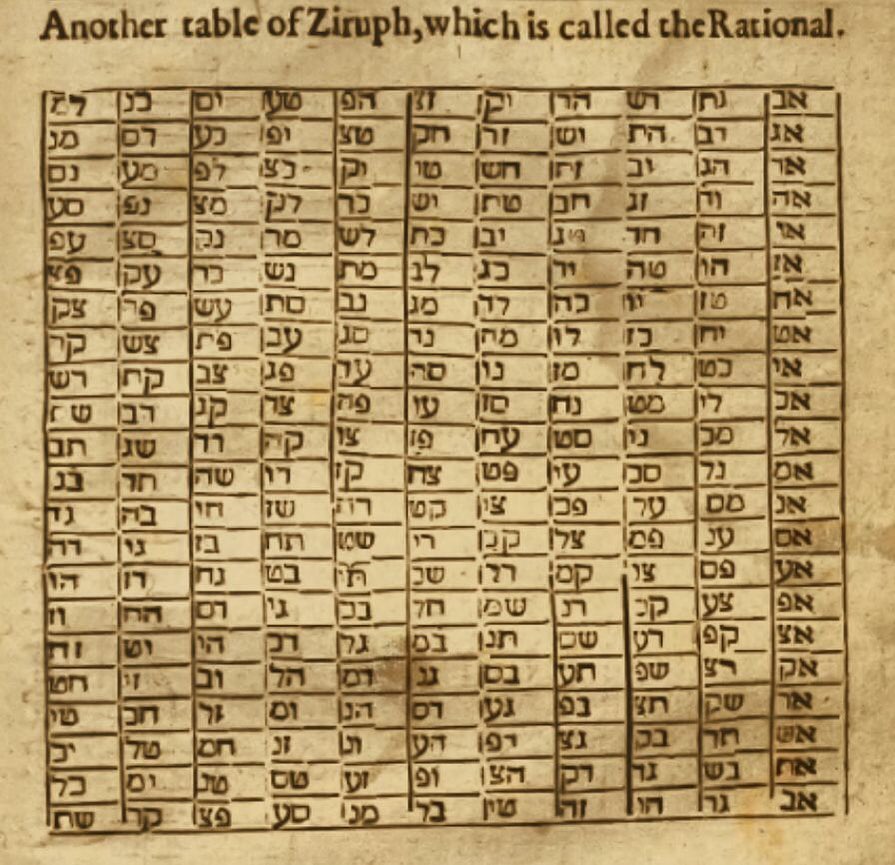
The Tables of Ziruph are for finding the names of demons (or angels) in the hierarchy of spirits. Running a name through a table will produce the name of a lesser spirit below them. High level demon names are found with astrological methods. Other spirits names can only be found using tables with special characters. From Three Books of Occult Philosophy, 1533

Beelzebub: his name is used as a nickname for the devil, but he’s a demon prince in his own right, known as “Lord of the Flies”. Originally a “false” god of the Philistines, he’s associated with the deadly sin of Gluttony has the power to turn men into animals and vice versa. From Dictionnaire Infernal, 1863
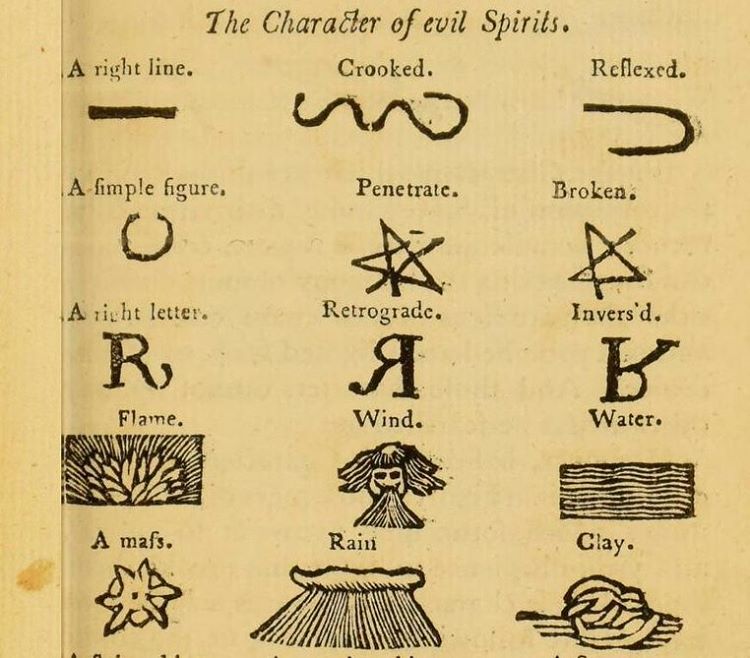
Demons have many names, and one in every language. Most of a demon’s names can be found by taking the letters of an angel’s or higher-ranking demon’s name, and processing them through The Tables of Ziruph or The Tables of Commutation to get the Hebrew name. When you change the language of the letters used in the tables, it will produce the demon’s additional names. Other demon’s names can only be found using the special table of characters, pictured above. Source: The Fourth Book of Occult Philosophy by Heinrich Cornelius Agrippa, 1783
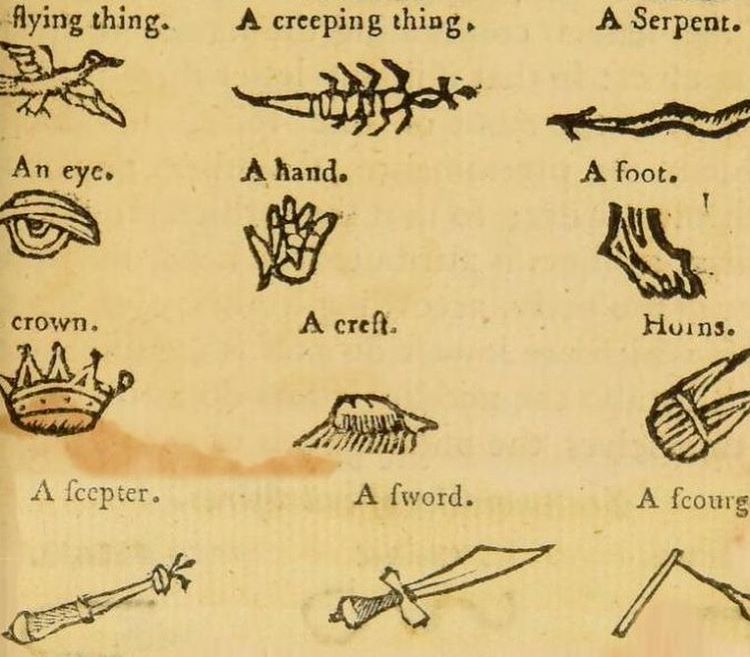

Mammon, whose name means “riches,” is a demon of avarice and greed. He’s a prince of The Demonic Order of Tempters and Ensnarers and Hell’s ambassador to England. From Dictionnaire Infernal, 1863⠀
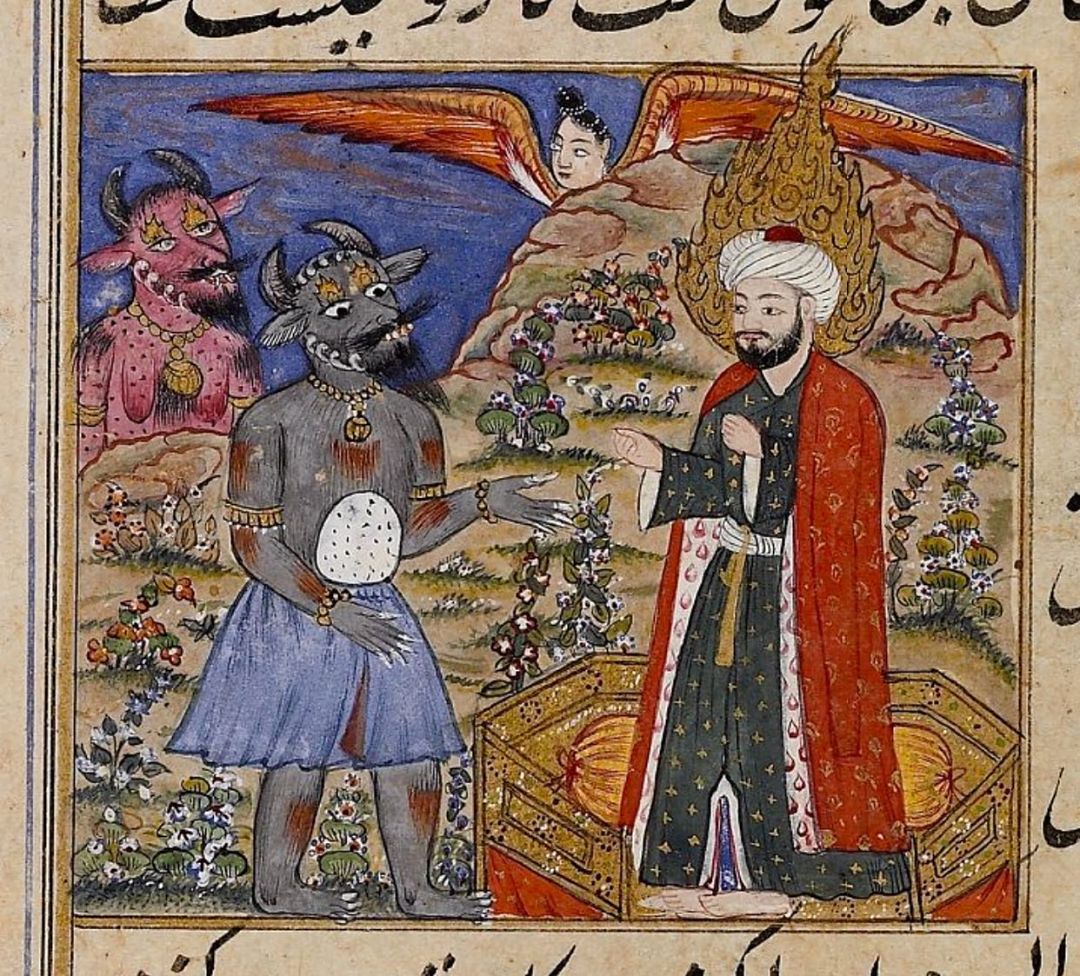
Halhal is the bearer of the sword of Ilbis (the Satan of the Quran). When he appeared before King Solomon, he was covered in blood and breathing fire, and had a bottle of Adam’s son Habil’s blood around his neck. King Solomon ordered Halhal bound, but Halhal convinced the king to allow him to be his servant instead. From Qazwini’s Book of Marvels 18th century⠀
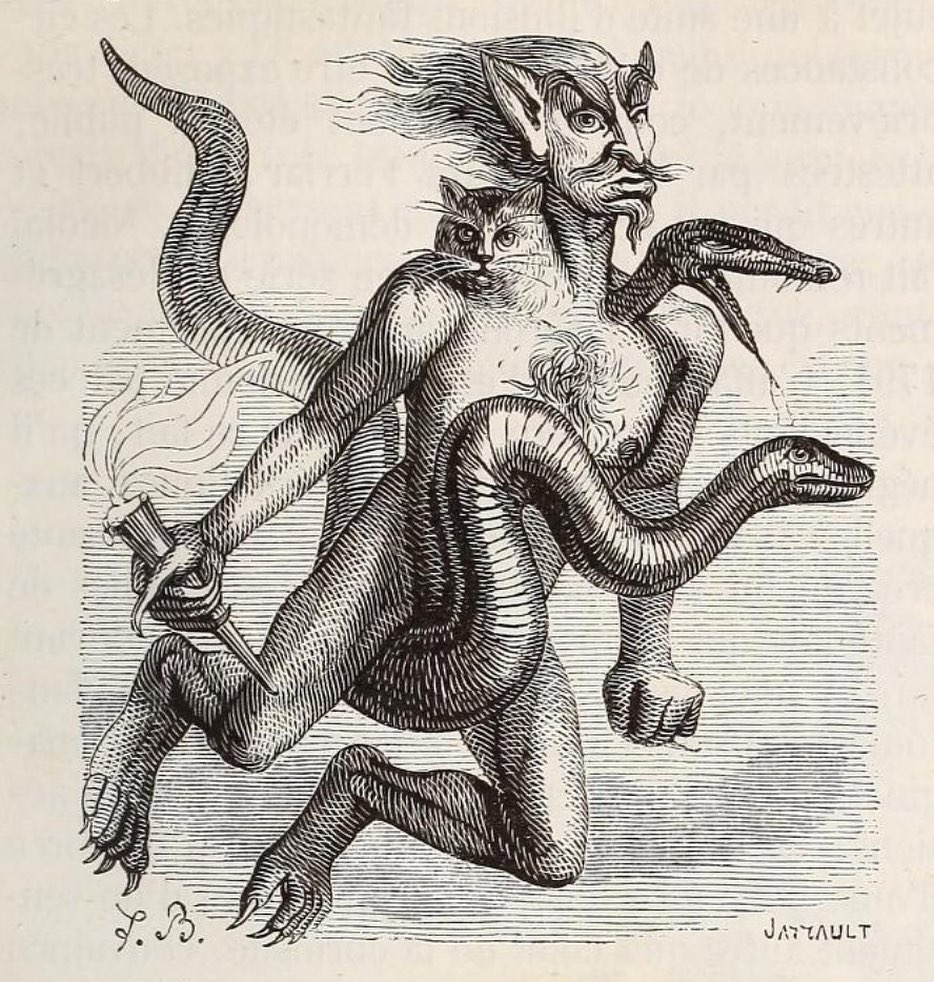
Haborym is a duke of hell, a fallen angel and 23rd of the 72 Spirits of Solomon. He rides a viper and carries a firebrand that he uses to light castles and cities ablaze. He can give you answers to questions about private matters make you witty. From Dictionnaire Infernal, 1863⠀
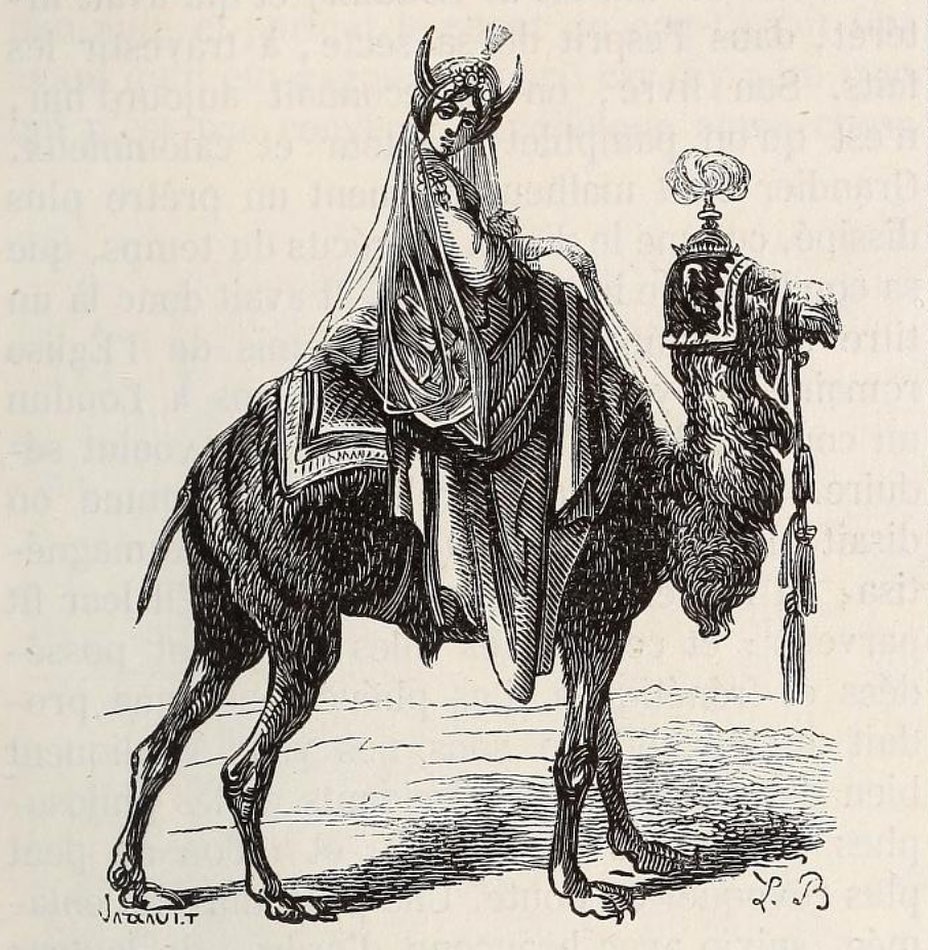
Gemory (or Gremory) is 56th of the 72 Spirits of Solomon and a duke of hell. This demon has the ability to procure the love of women for conjurers. While he uses he/him pronouns, Gemory appears as a beautiful woman riding a camel. From Dictionnaire Infernal, 1863
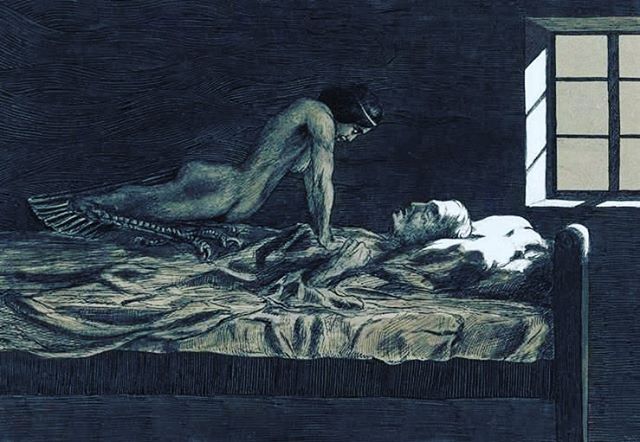
A succubus, the female counterpart of the incubus, is a seductress demon across many traditions. They appear as either a beautiful woman or a terrifying demonic entity, and sometimes as a combination or switching between the two forms. Repeated sexual activity with a succubus causes deteriorating mental and physical health, and sometimes death. Art by Fritz Schwimbeck, 1915